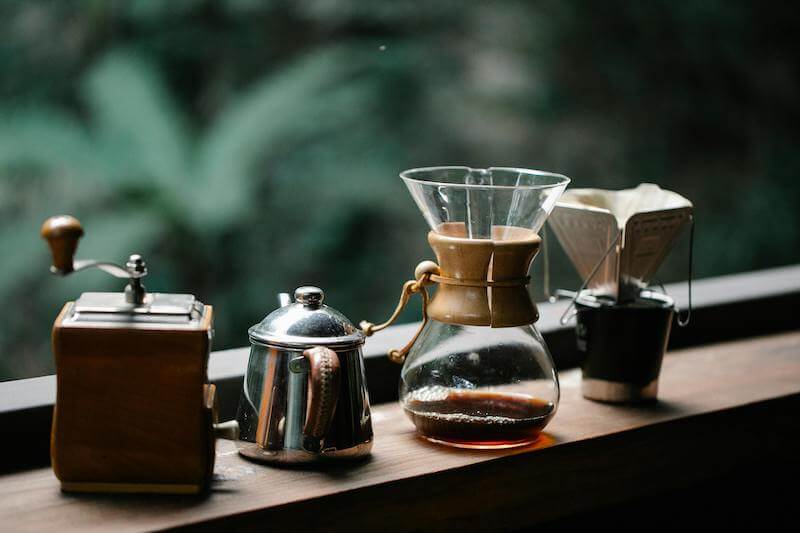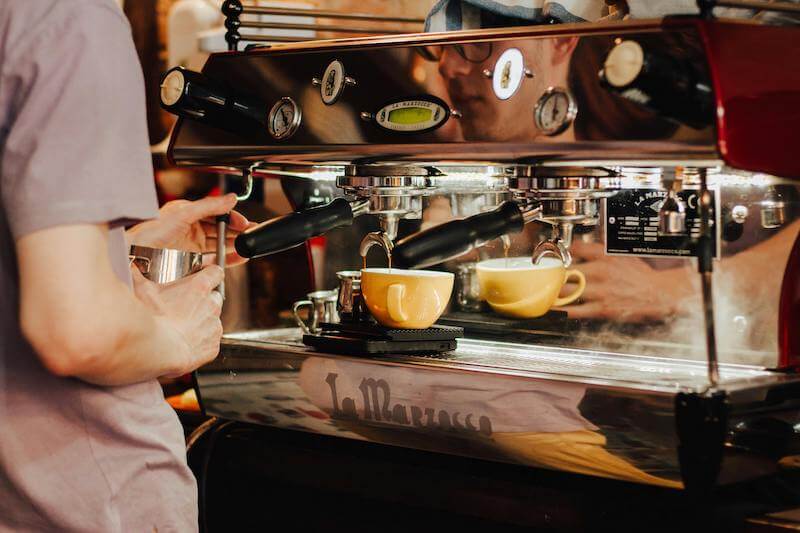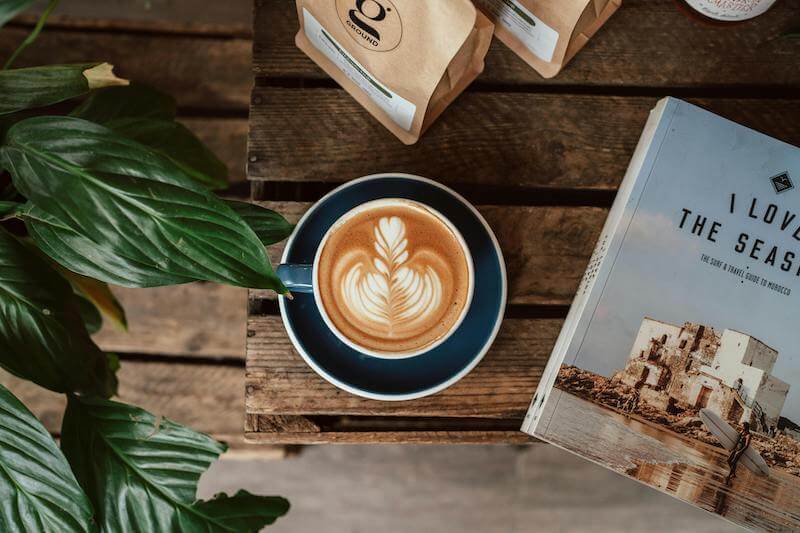
Coffee Culture: Educating Your Customers and Staff
What's In This Post
Coffee culture is a vital aspect of running a successful cafe. Understanding different types of coffee, various brewing methods, and effectively educating both staff and customers about coffee culture can enhance the overall experience and satisfaction.
Coffee culture is more than just enjoying a cup of coffee; it’s about appreciating the art and science behind it. For cafes, fostering a strong coffee culture can differentiate you from competitors and build a loyal customer base. This blog will provide you with essential information on coffee types, brewing methods, and strategies to educate your staff and customers, creating a rich and engaging coffee experience.
Understanding Different Types of Coffee
1. Arabica vs. Robusta
The two main types of coffee beans are Arabica and Robusta. Arabica beans are known for their smooth, complex flavours and lower caffeine content. They are often grown at higher altitudes and require more care, making them more expensive. Robusta beans, on the other hand, have a stronger, more bitter taste and higher caffeine content. They are hardier plants, often grown at lower altitudes and more resistant to pests and diseases.
2. Single-Origin vs. Blends
Single-origin coffee comes from a specific region, country, or even a single farm. It is prized for its unique flavour profile that reflects its place of origin. Blends, however, are a mix of beans from different locations, designed to create a balanced and consistent flavour. Both single-origin coffees and blends have their place in a cafe, offering customers a variety of taste experiences.
3. Coffee Varietals
Within Arabica and Robusta species, there are numerous varietals, each with distinct characteristics. For example, Bourbon and Typica are popular Arabica varietals, known for their rich, nuanced flavours. Understanding these varietals can help you curate a diverse and interesting coffee menu.
Brewing Methods
1. Espresso
Espresso is a concentrated form of coffee brewed by forcing hot water through finely-ground coffee under high pressure. It is the base for many popular drinks like lattes, cappuccinos, and macchiatos. Mastering the art of espresso is crucial for any cafe, as it requires precision and skill to achieve the perfect shot.
2. Pour-Over
Pour-over brewing involves manually pouring hot water over coffee grounds in a filter, allowing the water to pass through the coffee and extract its flavours. This method is favoured for its ability to highlight the subtle nuances of the coffee. Common pour-over devices include the Chemex and Hario V60.
3. French Press
The French Press, also known as a press pot or plunger pot, brews coffee by steeping coarsely-ground coffee in hot water and then pressing the grounds out. It produces a rich, full-bodied cup of coffee and is relatively simple to use, making it a popular choice for both cafes and home brewers.
4. Cold Brew
Cold brew coffee is made by steeping coarsely-ground coffee in cold water for an extended period, typically 12 to 24 hours. The result is a smooth, less acidic coffee concentrate that can be served over ice or diluted with water or milk. Cold brew has gained popularity in recent years, especially during warmer months.
Educating Your Staff
1. Barista Training Programs
Investing in comprehensive barista training programs is essential for maintaining high standards of coffee preparation. Training should cover everything from the basics of coffee brewing to advanced techniques and customer service. Consider enrolling your staff in courses offered by reputable organisations.
2. Coffee Tastings and Cuppings
Regular coffee tastings and cuppings can help your staff develop their palate and understand the distinct flavours of different coffees. These sessions can be educational and fun, fostering a deeper appreciation for coffee among your team. Encourage your staff to take notes and discuss their observations to enhance their learning experience.
3. Continuing Education
Coffee is an ever-evolving field, with new trends and techniques emerging regularly. Encourage your staff to stay informed about industry developments by reading coffee blogs, attending workshops, and participating in online forums. Continuous education ensures that your team remains knowledgeable and passionate about coffee.
Educating Your Customers
1. Coffee Workshops and Classes
Offering coffee workshops and classes can be an excellent way to engage your customers and build a loyal community. These sessions can cover topics like home brewing techniques, the history of coffee, and how to distinguish different flavour profiles. Promote these events through social media and in-store signage to attract participants.
2. Informative Signage and Menus
Use informative signage and detailed menus to educate customers about your coffee offerings. Include information about the origin, varietal, and tasting notes of each coffee. This not only enhances the customer experience but also showcases your expertise and commitment to quality.
3. Interactive Events
Host interactive events such as coffee cupping sessions, latte art throwdowns, and Q&A sessions with your baristas. These events can create a lively atmosphere and provide customers with a hands-on learning experience. They also offer an opportunity for customers to interact with your staff and ask questions about coffee.
Additional Resources
For more information on coffee culture and education, check out these resources:
Building a strong coffee culture in your cafe requires a commitment to education and a passion for coffee. By understanding the different types of coffee, mastering various brewing methods, and educating both your staff and customers, you can create a rich and engaging coffee experience. Implement these strategies to enhance your cafe’s coffee culture and establish a loyal customer base.
By implementing these ideas and leveraging expert insights, you can create a vibrant and successful cafe that thrives year-round.




